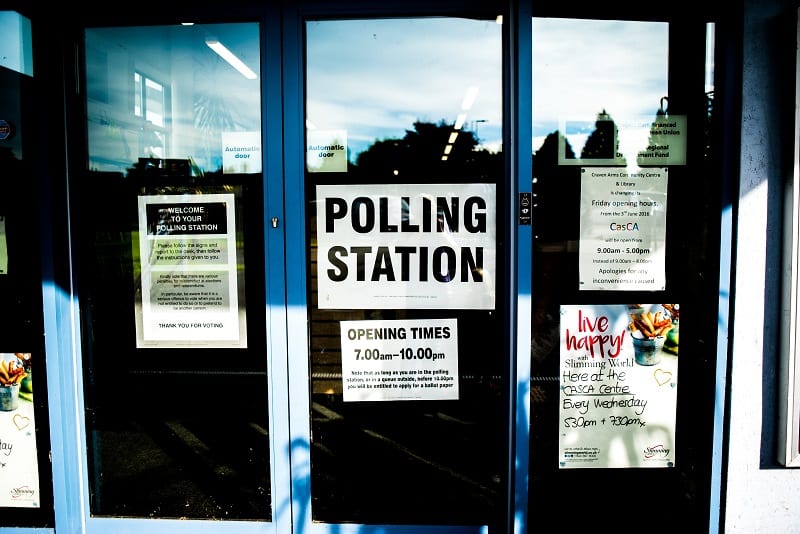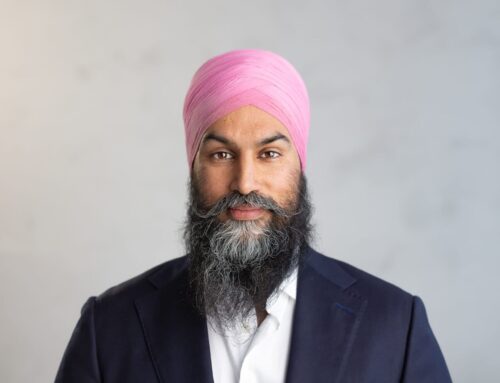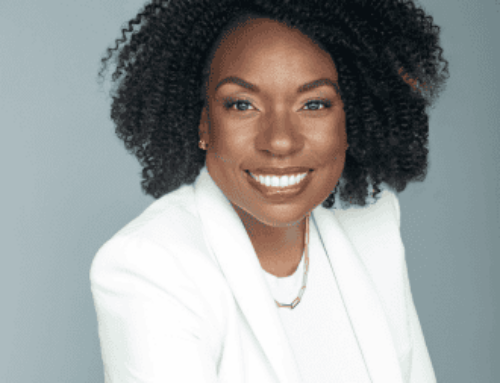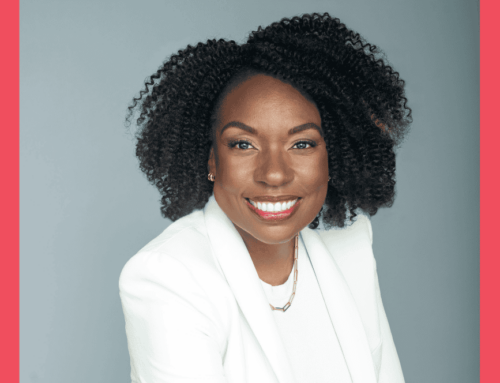On 28 January, 1916, women in Manitoba became the first in Canada to win the right to vote. It would take much longer for Indigenous women to earn the same right.
This post was originally published on The Manitoba Association for Rights and Liberties blog.
We all recognize our rights as citizens to participate in elections, but this right hasn’t always been equally applied to all Canadians. Indigenous peoples in Canada have experienced exclusion when it comes to the right to vote, and have only been allowed to exercise this right for the past 58 years.
Indigenous enfranchisement began in 1867, when the Indian Act was passed. This allowed Indigenous men to ‘voluntarily enfranchise’ themselves, and the right to vote was granted immediately or on a probationary period depending on whether or not the applicant had a certain level of education or a desirable career. Voluntary enfranchisement had many requirements that few Indigenous people were able to meet, therefore the majority were still unable to vote. When an Indigenous man voluntarily enfranchised themselves, they were stripped of their status and were no longer considered “Indian” by the state. In 1920, the Indian Act was amended by the Canadian government, as voluntary enfranchisement was not seen as a success. The amendment provisioned “involuntary enfranchisement”, which put pressure on Indigenous men to give up their status and become enfranchised. Enfranchisement was used as a tactic of colonialism through the Canadian government. This tactic worked against Indigenous sovereignty, attempting to assimilate Indigenous peoples and erase Indigenous identities and cultures.
From 1946-48, consultations between the government and Indigenous leaders occurred to discuss the entire Indigenous population acquiring the right to vote. Some Indigenous peoples feared they would lose their status and treaty rights. After two years, the committee suggested that the Indigenous population be given the right to vote federally. In 1950, Inuit peoples claimed their right to vote but were unable to practice until 1962 when ballot boxes were placed in their communities. In 1960, Prime Minister Diefenbaker repealed parts of Section 14(2) of the Canada Elections Act. This granted all Indigenous Canadians the right to vote in federal elections, and allowed them to keep Indian Status. In Manitoba, Indigenous peoples were granted the right to vote in provincial and territorial elections in 1952. Beforehand, the province had legislation which permitted Indigenous peoples from participating in local and provincial elections.
The right to vote and status have been closely tied to gender as well. If an Indigenous man lost his status due to enfranchisement, Indigenous women would also lose their status but not gain the right to vote. Until revisions to the Indian Act in 1985, Indigenous women did not have autonomy over their own status, losing it if they married a non-Indigenous man or if their husband lost his status. In 1951, amendments were made to include the enfranchisement of wives and children of Indigenous men who became enfranchised. In the same year, amendments were made so Indigenous women could participate in band elections. Indigenous women were excluded from Canadian suffragette movement, which was dominated by middle and upper class white women. Leaders in the Canadian suffragette movement, specifically Nellie McClung and Emily Murphy, worked to keep female Indigenous voices out of the arena.
Jumping forward to today, Indigenous peoples across Canada have the right to participate in all forms of elections and political engagement. Although everyone has this right, not everyone has the means to access and practice it. In Winnipeg, Indigenous peoples experience poverty and homelessness at a disproportionate rate. It is less likely that people in poverty will vote, as they are trying to meet their basic needs on a daily basis. Furthermore, for people in poverty affording identification to vote can be difficult, especially if one moves frequently, changing addresses often. Indigenous voting rights have changed for the better over time, but there are still systemic barriers in existence preventing many citizens from accessing and realizing their rights.
Learn More:
- Learn more about Indigenous women’s suffrage
- Lynn Gehl on Sex Discrimination in the Indian Act
- National Indigenous History Month: Sonia Prevost-Derbecker
- Telling Indigenous Women’s Stories – Why the Coverage Needs to Go Further
- Indigenous Firsts: 14 Indigenous Women to Know on National Indigenous Peoples Day
Take Action:
- Sign up for our e-newsletter to have our latest stories and resources sent to your inbox.
- Follow us on Facebook and Twitter to join a national conversation about gender equality.







